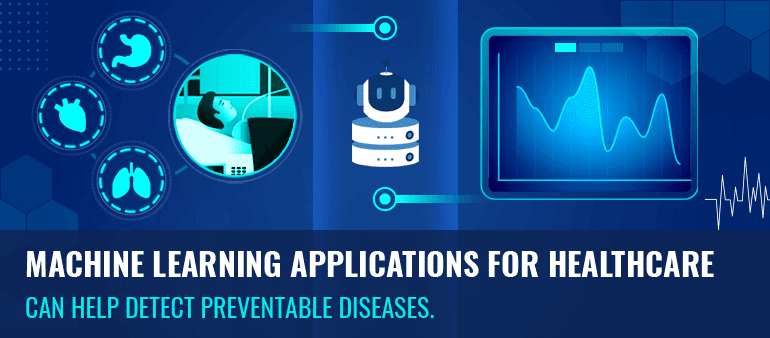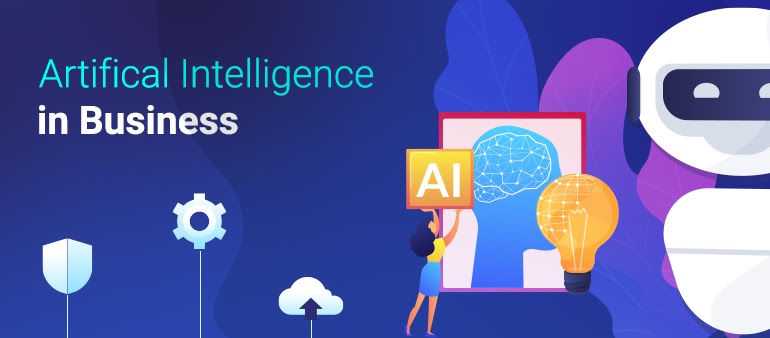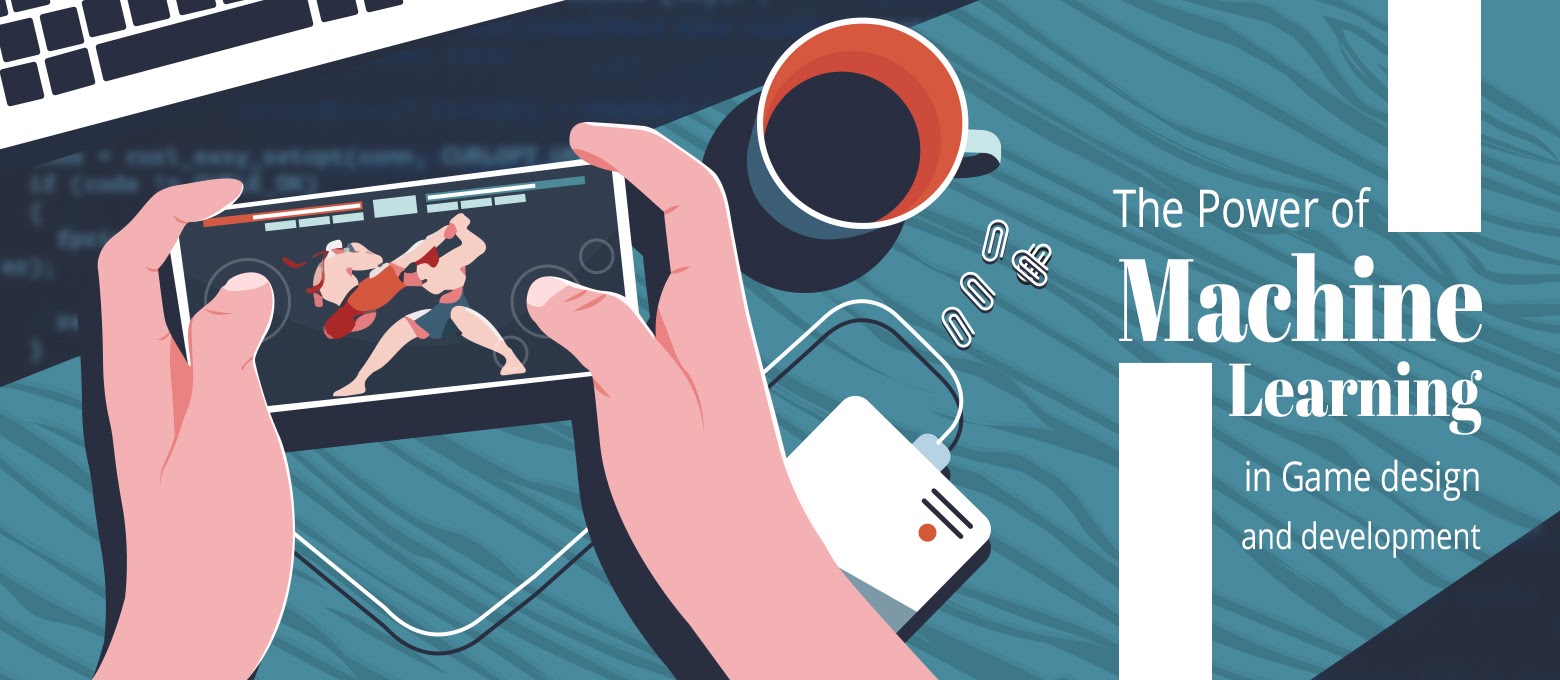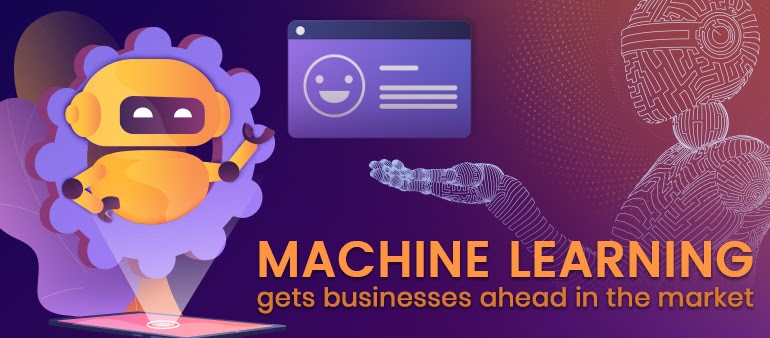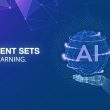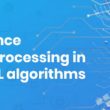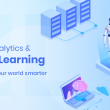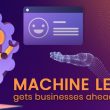Far more than a hundred thousand people die every year in the US because of preventable diseases. Every disease that we can take precaution for is preventable, yet, preventable deaths account for upto 40% of nearly 90,000 deaths that happen in the US every year from the top five leading causes of deaths. What makes it even more concerning is the hefty 75% of all US healthcare spendings being spent on preventable diseases, which comes out to be billions of dollars. And, this is only about just one country, imagine the numbers all across the world. Now if you’re wondering why so many deaths from preventable diseases, it’s because doctors often get to know about a preventable disease a little too late and late intervention puts efforts and money in vain. For example, the difference between survival and death can be easily translated by a patient being detected with cancer at Stage 1 or at Stage 4. What I mean is if doctors have a chance to know about the occurrence of a preventable disease before it becomes lethal and difficult to treat, both precious lives and money will be saved. And, this is exactly what the healthcare industry is now trying to achieve by using applications of the revolutionary technology machine learning (ML). There are numerous ways healthcare can benefit from machine learning applications, but one increasingly getting more attention is detecting preventable diseases well on time.
Preventable Disease Detection Applications: Machine Learning for Healthcare
In this section, I am discussing a few studies that have been very successful in early prediction of certain preventable diseases. The higher accuracy of prediction results has set high hopes for the fast emerging field of healthcare with machine learning.
A Targeted Real-time Early Warning Score for Septic Shock
Septic shock is a condition that occurs when there is a severe infection in the body and often leads to life-threatening low blood pressure or organ damage. Doctors usually keep patients at high risk of septic shock in Intensive Care Units (ICU) and monitor them with the help of medical equipment. If anything goes wrong, nurses and doctors get a warning through sensors. However, it’s often too late for doctors to intervene by the time such a warning is heard. So, a team of scientists built a machine learning system based on datasets of patients admitted to ICUs, including medical, surgical, and cardiac units, between 2001 and 2007. Using a supervised learning model and regression algorithms, they developed a targeted real-time early warning score (TREWScore) to estimate the number of hours until the onset of septic shock for patients. The model looked at 54 potential features that were based on routinely available measurements in the Electronic Health Record (EHR).
In the end, the machine learning model identified 63.8% patients with a median of 7.43 hours before any sepsis-related organ dysfunction. The TREWScore made the prediction in real-time with 85% accuracy and gave doctors a good enough time to intervene and stop the shock before it even happens. The prediction model produced great results and showed how healthcare businesses can adopt machine learning solutions to detect lethal diseases in advance and avoid many premature deaths.
Also read the future of artificial intelligence in Game Development.
Prediction of Hospitalization Due to Heart Diseases
This study was targeted at predicting heart-related hospitalizations by using patient-specific EHR data from Boston Medical Center. The ML algorithms processed and learned from the data of patients with at least one heart-related diagnosis or procedure record, along with 200 medical features, such as demographics, visit history, problems, medications, labs, procedures and limited clinical observation. The study used five machine learning algorithms: Support Vector Machines (SVM), AdaBoost with Trees, Logistic Regression, Naïve Bayes Event Model, and K-Likelihood Ratio Test (K-LRT). The scientists randomly divided the patients into a training set and a testing set so as to train each model and then test it for predicting heart-related hospitalization of each patient in the target year.
The prediction results of all the algorithms were quite similar, but AdaBoost with Trees was the most accurate with 82% accuracy. The predictions made by machine learning algorithms enabled the doctors to identify which patients will be hospitalized in the following year. This greatly helped doctors take preventive measures to avoid emergency admissions in the future and deaths in many cases. Such an early intervention not just saved the lives of so many patients by early detecting a preventable disease, but also significantly cut down financial costs of public hospitals by treating patients before they came in for an emergency. The false alarm rate was under 30%, which, according to the researchers, was the result of reaching the prediction limitations of their data sets. This points towards the importance of quality of Big Data that has immensely grown in the healthcare sector and data processing in AI and ML algorithms. Nonetheless, the study proved to be a very good indicator that algorithm approaches can scale to far more monitored patients and much more effectively than human monitors.
Also read why machine learning in game development is turning out to be the next frontiter of gaming industry.
Alzheimer’s Disease Prediction
Alzheimer’s is one of the major public health concerns worldwide with no cure available so far. However, this machine learning study helped predict Alzheimer’s disease five years before diagnosis, which led the patients to use medication much earlier and delay it further. The scientists used data from two Alzheimer’s Disease Neuroimaging Initiative studies which focussed on 5-year longitudinal outcomes of clinical, cognitive and biomarker tests of 562 subjects with mild cognitive impairment (MCI). The researchers used an unsupervised learning model and applied a multi-layer clustering algorithm to discover homogenous clusters based on baseline and prognostic characteristics. They also tested for sex differences within clusters. The results helped researchers identify two major clusters among all patients: Rapid decliners and slow decliners. The algorithm predicted with high accuracy that rapid decliners will have Alzheimer’s in the next 4-5 years. This allowed early medical intervention and delayed the onset of the deadly disease in rapid decliners. Slow decliners’ cognitive score also declined but not as fast as of rapid decliners’, so it was not a big worry. The study results were very promising and we are highly likely to see more machine learning applications coming up in the future to help beat one of the worst nemeses of the healthcare world.
Conclusion
There are some other machine learning studies as well, but I have mentioned just three above to give you an idea of the potential that machine learning applications hold for future healthcare by predicting preventable diseases early. The advantage is increased life expectancy as doctors get good enough time to treat a preventable disease before it becomes too late and expensive to save lives. Wearable devices and Internet of Things (IoT) will be one of the biggest enablers. IoT data collection from numerous devices and sensors will significantly help machine learning applications process humongous amount of data and make accurate disease predictions so that doctors can intervene in time and saves lives. Blockchain & AI development is another great mix of two revolutionary technologies that will also improve healthcare for much better. Nanobots may seem like a sci-fi technology for now but continuous advancements in the making are likely to bring them to reality in the near future. Nanobots can travel across the body through blood vessels and generate vital data from everything it sees in the human body. Digital twins is also a very interesting technology that is expected to become widespread in healthcare. It allows to create a simulation of a person’s body on a server and let machine learning algorithms learn from it to help doctors make correct decisions about what may go wrong with the body and what precautions to take. Machine learning has emerged as a revolutionary technology that more and more healthcare businesses will adopt in the future to detect preventable diseases and increase the average lifetime of humans.
Are you also looking forward to developing a machine learning application for your healthcare business? Logic Simplified can help!
Why Choose Logic Simplified to build Machine Learning Applications for Healthcare?
Logic Simplified, an artificial intelligence development company, based in Dehradun, India, helps businesses predict future outcomes and make informed decisions. With our competency in building ML algorithms and using data science, we can help you build ML applications for healthcare, such as detecting a preventable disease, personalized medicine, health information management and many more. We understand that machine learning is the future of healthcare and are eagerly looking for opportunities to help healthcare businesses adopt algorithmic and data approaches to save millions of lives. If you want to know in detail how exactly we can help you build an ML solution, please reach out to us at enquiry@logicsimplified.com, and our experts will get back to you shortly to hear all your requirements and offer a solution that fits the best. We are committed to bring human-like intelligence in machines and bring advantages to humankind! We also have a very experienced and talented team of game app developers which builds AI and ML solutions for video games, so you can also avail next-gen game development services from us and create a new gaming mania for millions of fans out there.
 Get a Quote
Get a Quote

